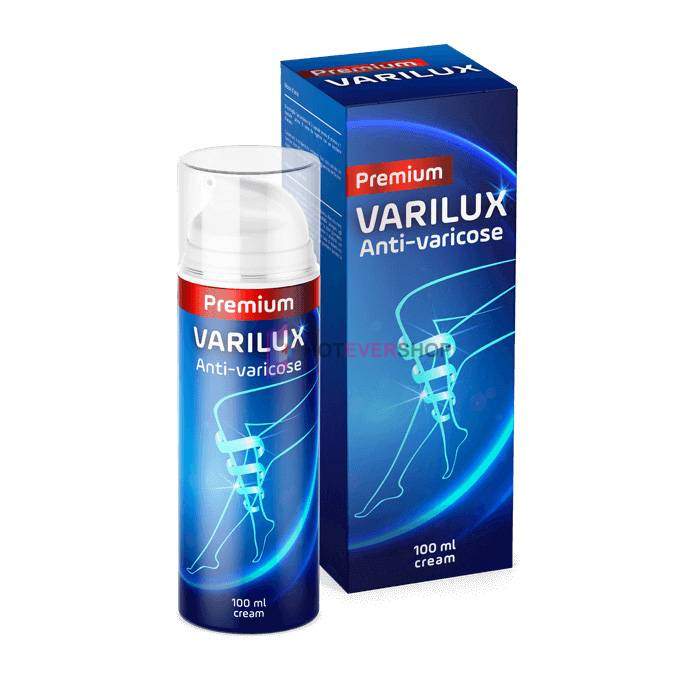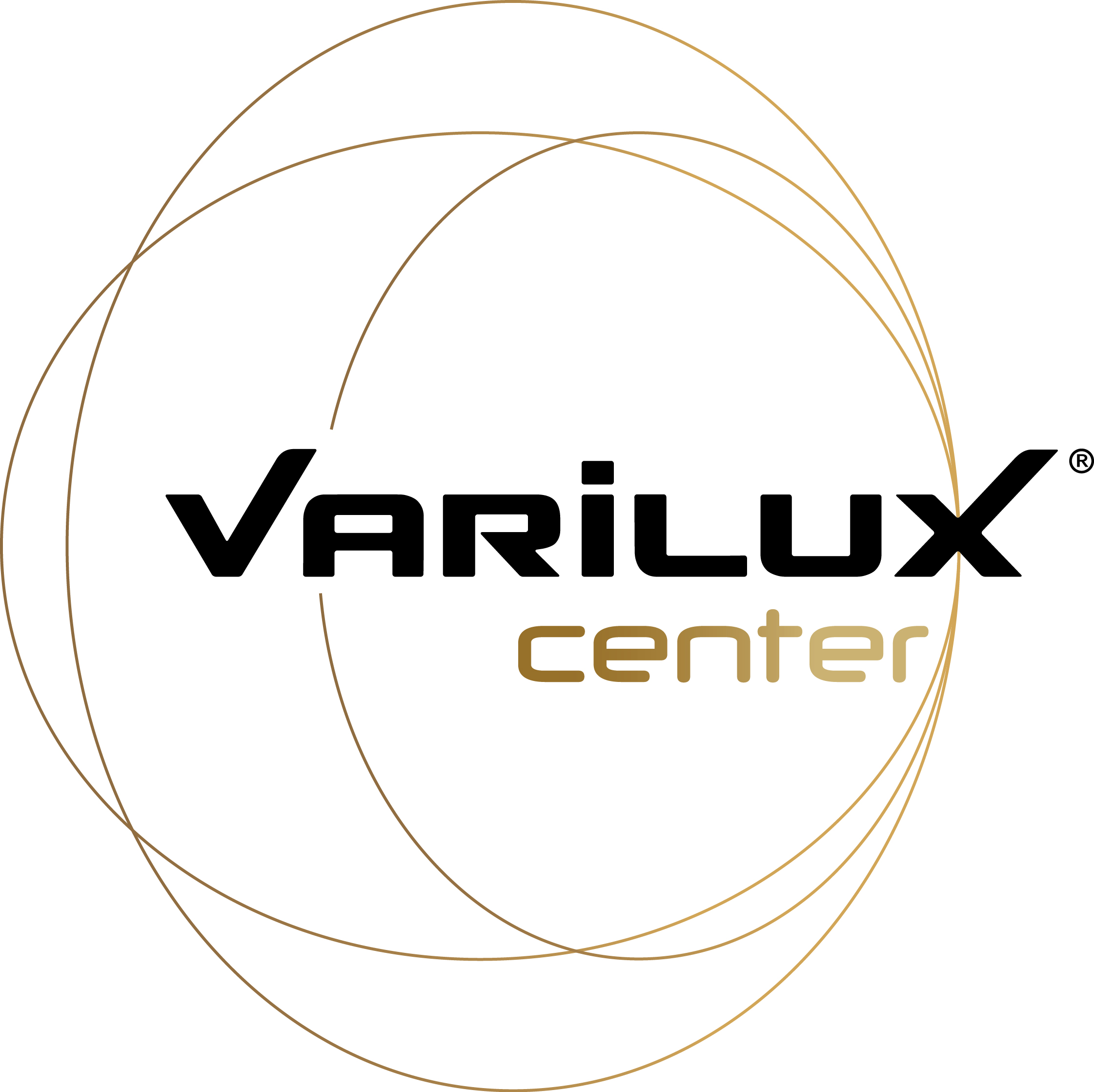

I’ve previously worn a set of lenses specifically designed to help with night vision (The Zeiss DriveSafe-More here on that) and I do feel that those outperformed my new pair in that situation. After the replacement lenses were put in, I can say that the night vision clarity is also quite good. A small thing, but it was impacting my night vision.

I have discovered that there was an issue with the anti-reflective coating on the lenses I received from the lab. The Varilux X Design lens will be going on the VSP formulary in just a couple of weeks and I have to say just after one week of wear, I’m ready to call this my absolute go-to lens for almost all conceivable patient scenarios.
#Varilux xdesign full
In the meantime, however, I can focus at full near while in the “mid-range” zone and I can find the mid-range in the “blurry periphery.” There are still spots where I have difficulty finding a crisp focus, but there are in the usual trouble zones of the bottom corners of the lenses. So far, I will say this has been an admirable attempt to address the issue of where we look. The new Varilux X Design is attempting to address this change. Of course, since the personal digital device explosion, the reality of where we need to see and at what distance we need to see has changed. top is distance, middle is desktop computer distance, bottom is book distance). Traditional progressive lens designs stagger your zones to take advantage of the way we used to look at the world (i.e. The advent of the digital devices, such as smart phones and tablet computers, have had a dramatic impact on how we utilize our near vision. The point of the research is to try and improve the wearing experience for the modern world. According to the manufacturer, the lens was developed over 5 years of research into a different way of mapping the power distribution across the lens. This lens is not “perfect” either, but it’s easily the closest to perfect I’ve experienced.

There is no such thing as the “perfect lens.” Every design has some zone that is out of focus, or has issue with the vision rocking, bulging, or swimming. The wearing experience has been incredibly comfortable, and it has been one of the fastest lens adaptations I’ve experience. I have been wearing my new Varilux X Design for just about a week, and not to put too fine a point on it, I’m thoroughly impressed. Often, their latest developments seem to niche, helping one type of prescription better than another. In fact, I have many lenses from several manufacturers which I recommend, based on patient scenario.ĭespite my higher exposure to Varilux branded progressive lenses, I do not always feel their latest lens developments are indeed the best products available to meet patients’ needs. This has allowed me to test more of their lenses than most competitors and I know there are many designs from competitors with great reputations. They were at the forefront of developing the “No Line” lens back in 1959 and have continued to be amongst the leaders in lens designs.Īs a disclaimer, I will admit that I have worked in many practices that have had an active partnership with Varilux and it’s parent company Essilor. Varilux is probably the best known brand name of progressive lenses by patients. Just two weeks ago, the latest lens design from Varilux hit the market.

At this stage in my optical career, I have been wearing progressive lenses for 8 years and have personally worn and tested 54 lens designs. While the overwhelming trend is for each advancement in lens technology to improve the patient wearing experience, there are occasional hiccups along the way which do not perform “as advertised.”Īs your Optical “Jedi” I have taken it upon myself to test out as many of these new lens advancements by wearing them myself. There is a constant evolution of Progressive lens technologies. As always, written by Ric Peralta-The Optical Jedi


 0 kommentar(er)
0 kommentar(er)
